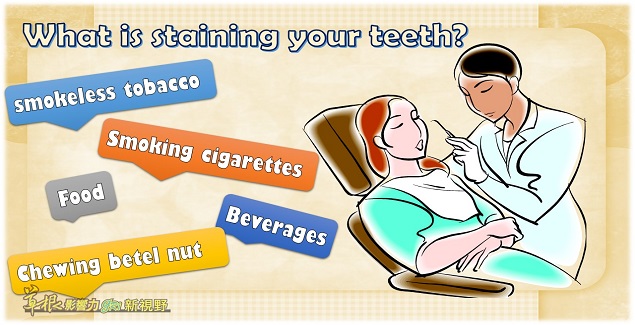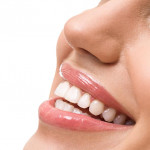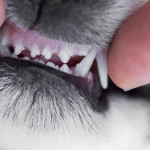
文/Dr. Phoebe

During clinic time, a lot of patients ask me why their teeth are “not white anymore,” and then follow up with the question “Should I get bleaching?” Before determining whether or not to spend time and money on bleaching, let us first evaluate why your teeth are that specific color.
Listed below are some of the most common reasons for tooth discoloration. There are two types of discoloration—extrinsic and intrinsic. We will look at both types and evaluate some examples of each category.
1.Extrinsic Discoloration
This is one of the most common types of discoloration, where the discoloration comes from our teeth exposure to certain food, beverages or chemical substances. Our outermost layer of enamel is stained, hence it appears more“yellow”or“brownish” in color, and some patients may also develop spotted staining. Often times, when the living habits are modified accordingly, the teeth may have the potential to return to its original color.
a)Food
There is certain food that stains more than others, such as soy sauce, pasta sauce, orange, tomato, strawberry, etc. Understandably, that would and should not be the only determining factor why you choose not to eat certain food, as we should still try to take balance of our nutrition and diet.
b)Beverages
Coke, coffee, tea, certain alcohol are all common sources of staining teeth from frequent intake of beverages. Often times they may even leave spotted stains on either the back or the front of your teeth close to the gum line. The good news is, during your semi-annual check up and cleaning, the dentist should be able to remove the black staining.
c)Smoking cigarettes/smokeless tobacco
Habitual smokers of cigarette or tobacco tend to have heavier and more prominent teeth staining. Chemical compound within cigarettes and tobacco (including nicotine) is another significant source for teeth staining. The teeth may appear brownish/yellow, accompanied by strong odor and heavy plaque and calculus.
d)Chewing betel nut
Betel nut is a natural plant on its own. However, in many southeast Asian countries, mixing betel nut with other chemicals has become a popular pastime culture. These synthetic chemicals mixing with betel nut is another source for teeth discoloration, especially when accompanied with extended period of chewing.
2.Intrinsic discoloration
Intrinsic discoloration is staining that comes from discoloration of interior portion of the tooth, such as the dentin, root, or others. Usually, the discoloration stems from the nature of the tooth itself, and bleaching treatment may be more limited in these situations.
a)Root canal treated tooth
A tooth that has been root canal treated has a higher chance of darkening in color, where it may appear to be yellow and gray compared to the adjacent teeth. In this scenario, it is recommended to have a crown restoration placed on the tooth in order to prevent fracture of the tooth after the root canal, and also to give the most esthetic outcome.
b)Amalgam/silver filling discoloration
Many teeth that have amalgam filling placed on them over the years appear to have silver/dark discoloration, also known as “amalgam tattoo.” Amalgam tattoo does not affect the structure of the tooth in any negative way (other than its compromised esthetic appearance). However, it is quite difficult to reverse this particular type of staining.
c)Tetracycline staining
Children that have ingested the antibiotics of tetracycline prior to the age of eight have a tendency of tetracycline staining, where grayish/brownish lines runs across the teeth. When mother ingesting tetracycline during her pregnancy can also affect the baby’s teeth development, leading to indelible tetracycline staining in the future.
d)Fluorosis
Fluoride tablets, rinses, toothpaste and applications are common for the children. However, when drinking water exceeds 1ppm in fluoride, it starts to have noticeable effect on teeth discoloration and content, also known as “fluorosis.” These appear to be pitted and dark brown in color.
e)Dental caries
One of the most common intrinsic tooth discolorations in the tooth is cavity. Semi-annual exam, dental x-rays, and cleanings are recommended to adequately prevent this factor.
We will then evaluate different types of bleaching material in the next article.
Sources:
http://www.nature.com/bdj/journal/v190/n6/full/4800959a.html#B32








Polygon recent comments